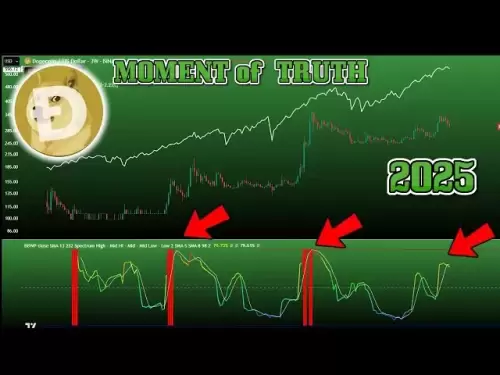Bitcoin is currently trading at $102,980, securing a market capitalization of $2.04 trillion. With a 24-hour trade volume of $23.32 billion and an intraday range between $102,801 and $104,263, the market is reflecting a phase of consolidation following a robust upward movement.

Bitcoin (BTC) is currently trading at $102,980, securing a market capitalization of $2.04 trillion. With a 24-hour trade volume of $23.32 billion and an intraday range between $102,801 and $104,263, the market is consolidating following a recent upward push.
On the 1-hour chart, there’s a clear short-term downtrend, with price action forming lower highs and testing the $102,668 level as a bounce point. Volume has decreased during bullish attempts, indicating weak buying momentum. Immediate resistance lies between $103,800 and $104,000, where traders can set pending limit orders for tactical short entries from the bearish engulfing patterns in that zone. For scalping, traders can look for a strong candle to close above $104,200 or a new push above $104,500. Conversely, for short-term entries, traders can focus on a strong downthrust from the $102,600 level with a corresponding uptick in volume.
The 4-hour chart showcases a more mixed structure, highlighting a brief rally to $105,706 that has since reversed into a lower high and lower low pattern. The current bearish trajectory is supported by heavier volume on down candles, signifying more significant selling pressure. A critical resistance level lies at $104,500; only a successful reclaim and sustained hold above this zone would shift the technical outlook toward bullish. In the support domain, the $100,500 to $100,800 band is a key area to monitor for a potential continuation of the sell-off or a possible reversal reaction.
Zooming out to the daily chart provides a broader context of bitcoin’s uptrend since late April, where it ascended from approximately $82,784 to a high of $105,706. However, this macro bullish trend is now encountering signs of fatigue, evident in small-bodied candles and upper wicks that denote indecision. A notable drop in volume near recent highs signals a lack of strong buying conviction. Structurally, the $96,000 to $98,000 zone provides support, while $105,700 remains a formidable resistance level that must be decisively breached to extend the uptrend.
From the technical indicators standpoint, most oscillators, including the relative strength index (RSI), Stochastic, commodity channel index (CCI), average directional index (ADX), and Awesome oscillator, are displaying neutral readings, suggesting a lack of overwhelming momentum in either direction. Of note, the momentum and moving average convergence divergence (MACD) indicators are currently signaling sell conditions, aligning with the short-term bearish patterns observed on lower timeframes.
Conversely, the majority of moving averages are still lining up for a bullish outlook. The exponential moving averages (EMAs) across 10, 20, 30, 50, 100, and 200 periods are all indicating buying strength, except for the 10-period simple moving average (SMA), which is flashing a bearish signal. Moreover, the alignment of longer-period EMAs above their respective SMAs on both timeframes reinforces the broader uptrend. However, this structure is at risk with sustained trading below $100,000, which could initiate a deeper corrective phase and invalidate the short-term bullish setup.
If price manages to stay above the $100,500–$102,600 support zone and successfully breaks through the $105,700 resistance with good volume, then bullish continuation toward new highs remains a strong possibility.
If price fails to sustain above the $104,500–$105,700 resistance, leading to a breakdown below the $100,000-$100,800 support, it could trigger a deeper corrective phase and invalidate the short-term bullish setup.




















































































